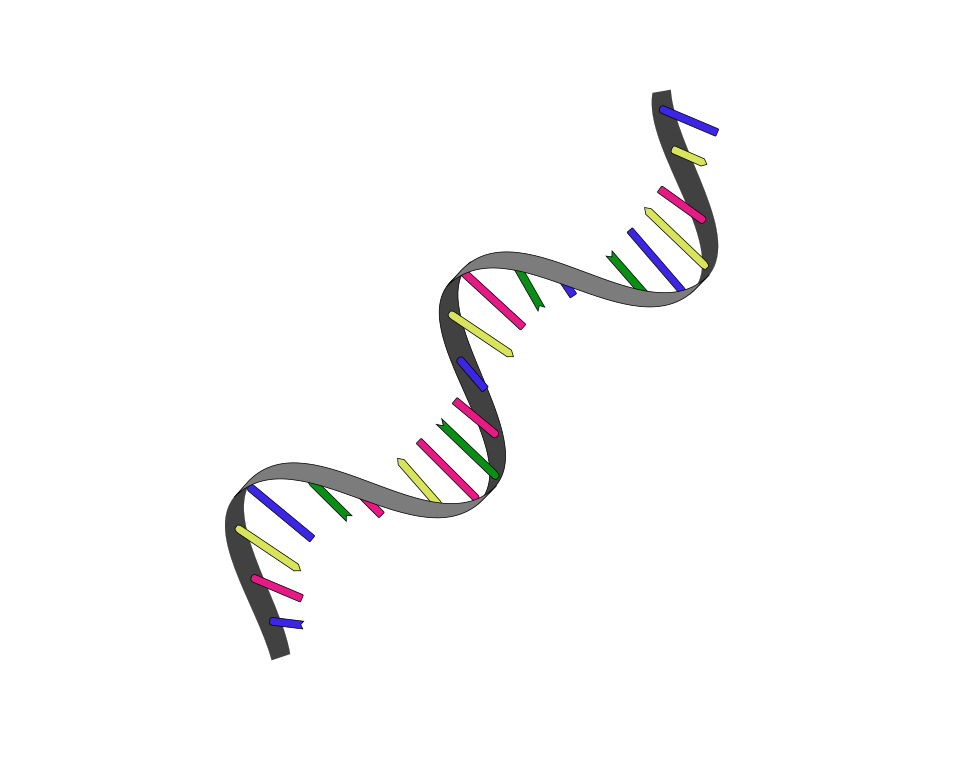Researchers have shown that the body may unintentionally develop an immunological response when the cell’s decoding machinery misinterprets therapeutic mRNAs. The sequence in the mRNA that triggers this has been uncovered, and a method to stop “off-target” immune responses has been developed to allow for the safer development of mRNA therapies in the future.
The genetic material known as “messenger ribonucleic acid,” or mRNA, instructs body cells on synthesising particular proteins. When repeated chemical modifications typical to mRNA therapies are encountered, the cellular machinery that “reads” mRNAs “slips,” according to research from the Medical Research Council’s (MRC) Toxicology Unit. These errors result in the synthesis of “off-target” proteins in addition to the target protein, which unintentionally triggers an immunological response.
mRNA vaccines are thought to be revolutionary. In addition to being utilized to combat the COVID-19 pandemic, they are also being considered for the treatment of several malignancies and respiratory, cardiovascular, and immunological conditions in the future.
The most recent innovations, spearheaded by immunologist Dr James Thaventhiran and biochemical Professor Anne Willis of the University of Cambridge’s MRC Toxicology Unit, build on earlier discoveries to guarantee the avoidance of any safety concerns associated with upcoming mRNA-based treatments.
The detailed report about the research is published in the journal Nature.
As billions of pounds flow into the next set of mRNA treatments, it is essential that these therapeutics are designed to be free from unintended side-effects.
Professor Anne Willis, Director of the MRC Toxicology Unit and joint senior author of the report.
Collaborating with scholars from the Universities of Kent, Oxford, and Liverpool, the MRC Toxicology Unit group examined individuals who were administered the mRNA Pfizer vaccine against COVID-19 for signs of “off-target” protein synthesis. They discovered that, in line with the substantial safety data on these COVID-19 vaccinations, an unexpected immune response happened in one-third of the 21 trial participants who received vaccinations. However, there were no negative side effects.
The scientists next fixed the genetic regions in the synthetic mRNA that were prone to errors, redesigning mRNA sequences to prevent these “off-target” effects. The desired protein was created as a result. Future mRNA vaccines can readily incorporate such design adjustments to achieve their intended benefits while averting unwanted and perhaps dangerous immune reactions.
Also Read| One letter difference in the DNA can generate an immune response
Research has shown beyond doubt that mRNA vaccination against COVID-19 is safe. Billions of doses of the Moderna and Pfizer mRNA vaccines have been safely delivered, saving lives worldwide.
We need to ensure that mRNA vaccines of the future are as reliable. Our demonstration of ‘slip-resistant’ mRNAs is a vital contribution to future safety of this medicine platform.
Dr James Thaventhiran from the MRC Toxicology Unit, joint senior author of the report.
These new therapeutics hold much promise for the treatment of a wide range of diseases. As billions of pounds flow into the next set of mRNA treatments, it is essential that these therapeutics are designed to be free from unintended side effects.
Professor Anne Willis, Director of the MRC Toxicology Unit and joint senior author of the report.
We can remove the error-prone code from the mRNA in vaccines so the body will make the proteins we want for an immune response without inadvertently making other proteins as well. The safety concern for future mRNA medicines is that mis-directed immunity has huge potential to be harmful, so off-target immune responses should always be avoided.
Dr James Thaventhiran
Our work presents both a concern and a solution for this new type of medicine, and result from crucial collaborations between researchers from different disciplines and backgrounds. These findings can be implemented rapidly to prevent any future safety problems arising and ensure that new mRNA therapies are as safe and effective as the COVID-19 vaccines.
Professor Anne Willis
Because of the reason, synthetic mRNA is inexpensive to generate, it presents an interesting option for treating significant health disparities worldwide by increasing access to these medications. Furthermore, synthetic mRNAs may be quickly altered to produce novel COVID-19 variant vaccines, for instance.
Synthetic mRNA is utilized in the Moderna and Pfizer COVID-19 vaccines to help the body to produce the spike protein from SARS-CoV-2. The body develops protective immunity when it recognizes the viral proteins produced by mRNA vaccines as alien. This continues, and should the body be reexposed to the virus, its immune system will be able to neutralize it before it has a chance to inflict significant harm.
Also Read| Molecular map of the human immune response created using next-gen CRISPR tool
A ribosome refers to the decoding apparatus within a cell. To make proteins, it “reads” the genetic information found in both synthetic and natural mRNAs. Because the ribosome “reads” the mRNA sequence three bases at a time, the precise location of the ribosome on the mRNA is crucial for producing the correct proteins. The amino acid that is added to the protein chain next depends on those three bases. As a result, the coding and the resultant protein will be drastically distorted by even a little change in the ribosome along the mRNA.
About 10% of the time, the ribosome slips when it encounters a string of these altered bases in the mRNA known as N1-methylpseudouridine. This misreading of the mRNA results in the production of unwanted proteins, which are sufficient to start an immunological reaction. Eliminating these N1-methylpseudouridine runs from the mRNAs stops the synthesis of “off-target” proteins.
Source: University of Cambridge Research News | With Creative Commons Attribution-NonCommercial-ShareAlike 4.0 International License
Journal Reference: Mulroney, T. E., Pöyry, T., Carlos, J., Rust, M., Harvey, R. F., Kalmar, L., Horner, E., Booth, L., Ferreira, A. P., Stoneley, M., Sawarkar, R., Mentzer, A. J., Lilley, K. S., Smales, C. M., Turtle, L., Dunachie, S., Klenerman, P., Thaventhiran, J. E., & Willis, A. E. (2023). N1-methylpseudouridylation of mRNA causes +1 ribosomal frameshifting. Nature, 1-6. https://doi.org/10.1038/s41586-023-06800-3
Last Updated:







